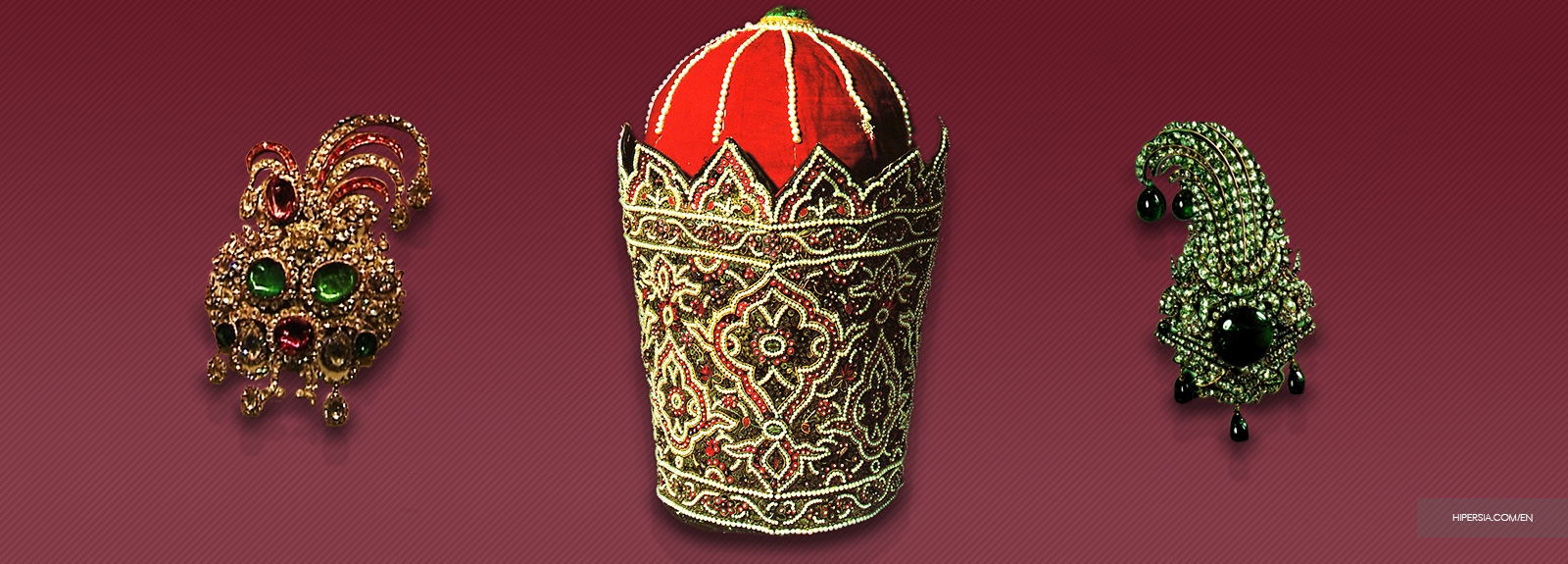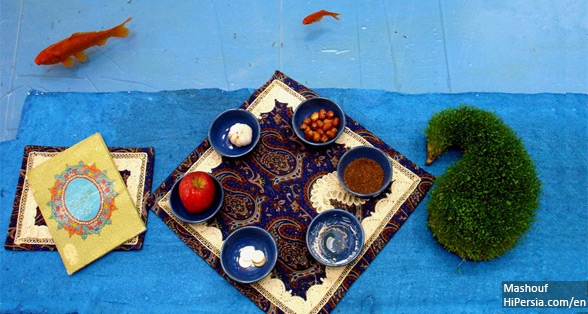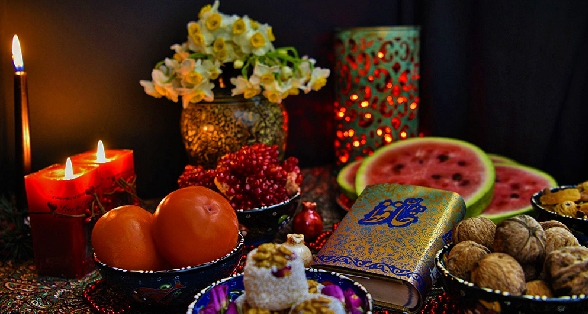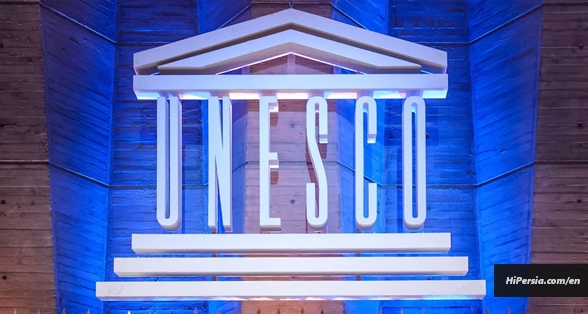




There are many tales, long stories, bitter and sweet stories from the history of a nation.The Treasury of National Jewels Museum are a collection of precious jewelry in the world that has been gathering for centuries.
The collection of jewels and precious objects of this museum collected during the reign of Reza Shah Pahlavi. These objects have been gathered over the years by the kings and rich men of Iran and currently held as a treasure under the supervision of the Central Bank of the Islamic Republic of Iran.
Due to the limited time and the popularity of this museum, many people come to visit it.It is advisable to be there before opening the museum's door, especially at the hi-season time, so that you do not get caught up in a long line.
Remember, you can not to carry bags and electronic items. Also you have to take out your watch. Dont worry, if you forgot this subject becouse the museum has safe box.
At the Treasury of National Jewels museum, there are famous and very valuable historical objects such as the Peacock Throne, Kiani Crown, Naderi Paisley, etc., that the most important thing is the Darya-I-Noor diamond.
The most famous Iranian jewel named Daria-I-Noor, the pink color, used by many kings, Mohammad Shah Qajar, Mozaffar ad-Din Shah Qajar, Ahmad Shah Qajar, and Reza Shah Pahlavi were from this category of kings.
made by Fatah Ali Shah Qajar, and after a while, he changed its name to one of his wives and Takht-e Tavous (Peacock Throne) are called. Later, Nasir al-Din Shah ordered the restoration of this throne.

In Treasury of National Jewels museum, there are jars and heads of hubble-bubble made of turquoise and ruby rows. It is believed to have remained since Nasir al-Din Shah. The decoration of the head hubble-bubble and its jars have been whole of the major works of Qajar era miners and masters in Tehran.
In this collection, there is a hubble-bubble jar, which made from ostrich egg whose artist remains unknown.
There is a beautiful and very important Jug in the museum, which is probably for the period of Zandia, which is very important for the history of Iranian art.
During the 19th century, the kings gave each other their medals and Precious objects to other kings for show Trust and friendship, such as Napoleon III, who donated some coins to the court.
Naser al-Din Shah ordered to make a globe. On this globe, 51,000 gems used, the oceans and seams made of emerald and dry land of red garnets and earth of diamonds.
From the Robe of the old men, Robe Nasser al-Din Shah Qajar and his minister Amir Kabir, the great man of Iran, whom the Shah commanded to kill and killed him in the Fein Kashan bath.

Pearls have been of specific interest to kings since ancient times. The back to which they leant and the carpet on which they were seated have pearls. And they pinned the pearl strings to the reins.
which has remained since the Qajar dynasty, and many of the kings of that era, such as Fatah Ali Shah, Nasir al-Din Shah, Mozafar al-Din Shah, and Mohammad Ali Shah, put on their hands. Of course, the crown paintings are slightly different in details from the original one. There are over 1800 seeds of pearls and garnets and emeralds in this crown, that visible three colors of the Iranian flag.
There are Paisley in this collection, one of them was Fatah Ali Shah's favorite for the crown.
The Paisley is inspired by Cypress, which is a sign of Iran and Iranians and is a symbol of sure and right.
Some people saw the Paisley of the Sassanid and Mazdakai eras, who saw Cypress as a sign of freedom, and after the death of their leader Mazdak, they turned the cedar and mourned.

Mohammad Reza Pahlavi and Farah Crowns, the last king and queen of Iran, are in Treasury of National Jewels museum.

The most stones of this collection are Ruby and Garnet, which in old times knew them as Ruby. Demographers of Iran were the first to understand the difference between Garnet and Ruby. Samarian spinel, the largest Garnet has ever known and weighs about 500 carats.
There are weapons, arrows, swords and shields, one of the guards is the shield of Nader Shah, which is a rhinoceros skin.
When the weapons came to history, they still attach sword on the waist to show their sovereignty and authority.

The Treasury of National Jewels Museum, is ready to welcome visitors from Saturday to Tuesday from 2:00 PM till 4:30 PM. The entrance fee to the museum is 200.000 IRR foreign visitors.
The Treasury of National Jewels Museum Tehran is located on Ferdowsi Ave. Tehran, Iran.
You can get Treasury of National Jewels Museum by metro or BRT. The nearest metro is Metro Saadi, which is 8 minutes’ walk to the museum.
You can also take BRT from the Jomhouri Square to the Ferdowsi Square. Walking distance from the BTR station to the museum is only 2 minutes away.











